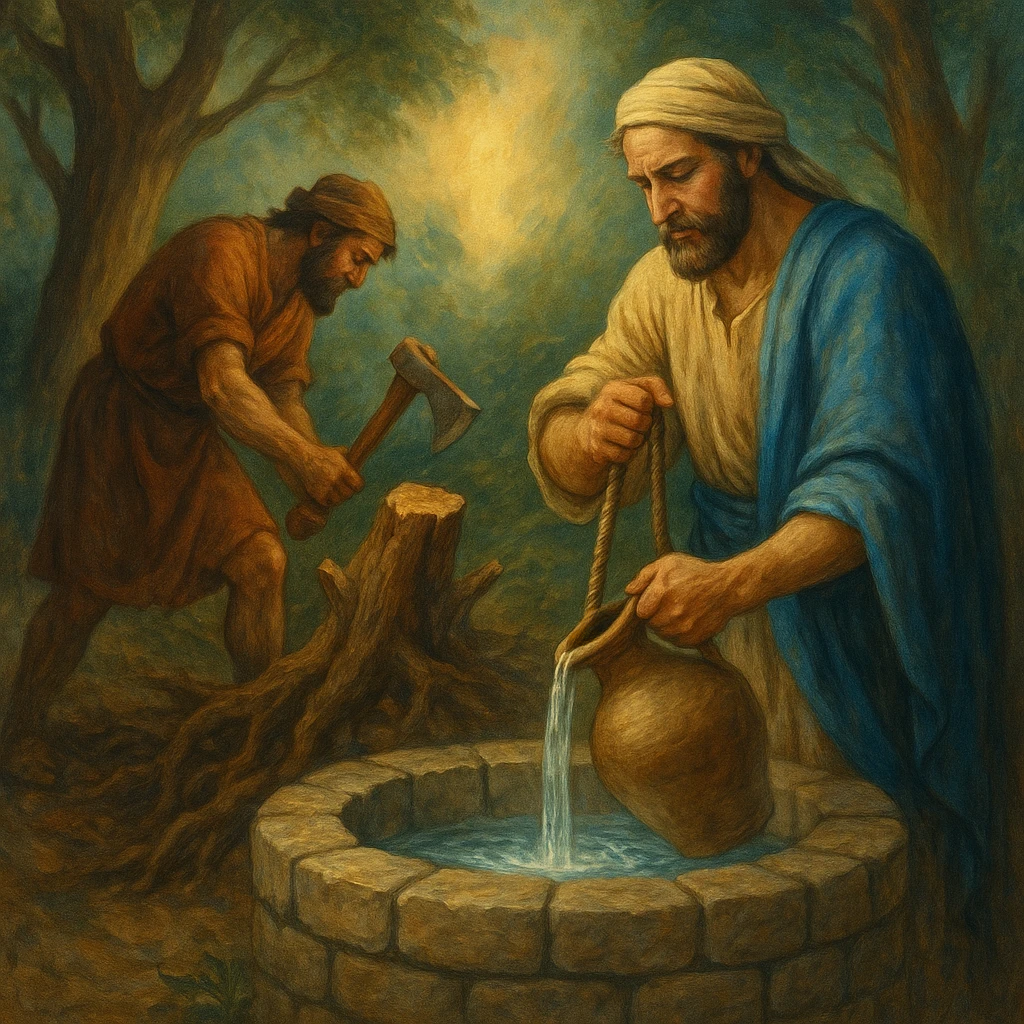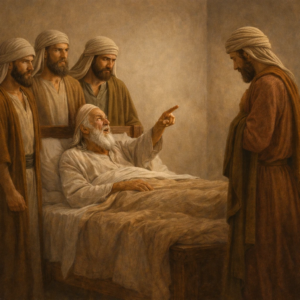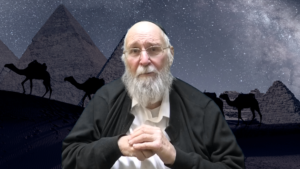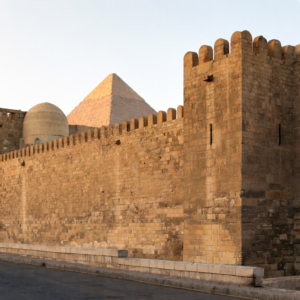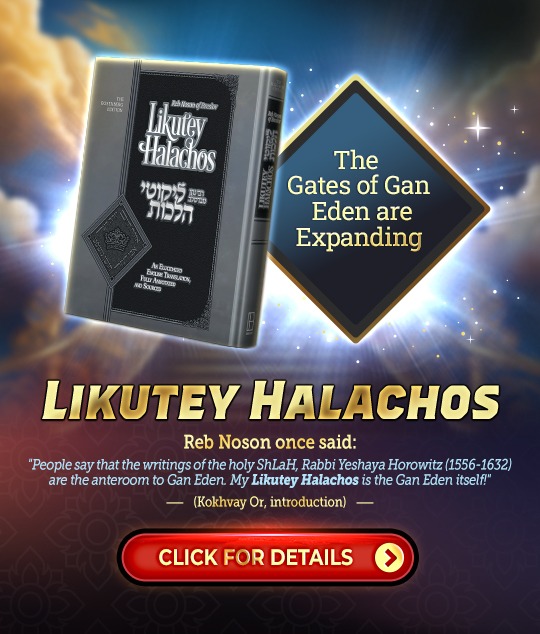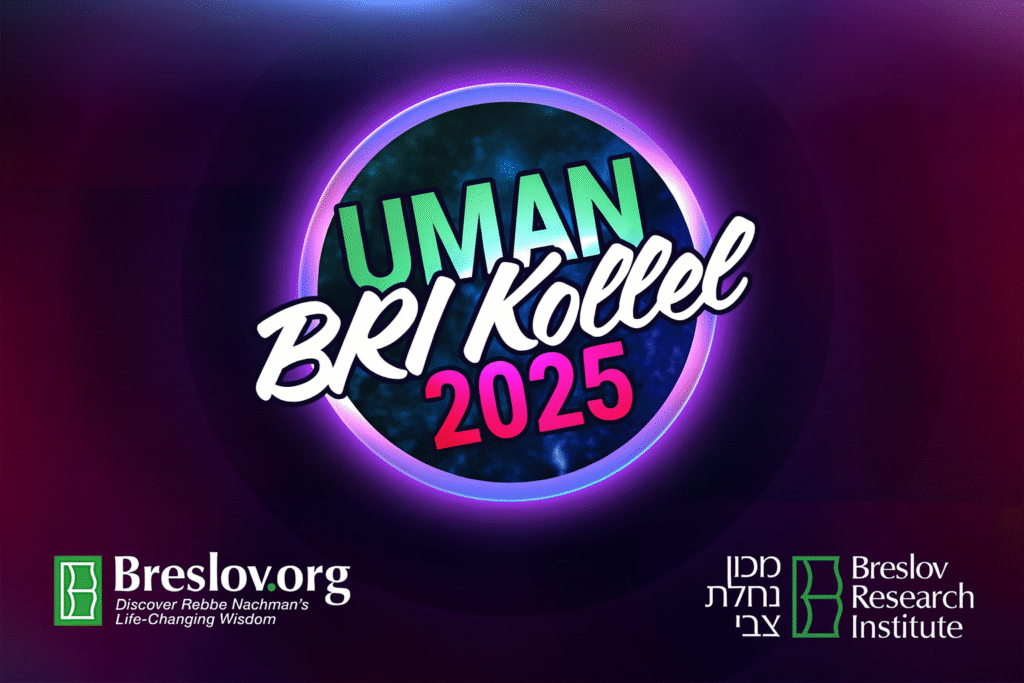The Sly Plan of the Givonim
Standing Before Hashem at Year’s End
Parshat Nitzavim, read on the last Shabbat of the year, is short but rich in meaning. The opening words, “You are all standing today before Hashem” (Devarim 29:9), follow directly after the ninety-eight curses of Parshat Ki Tavo. The people were shaken: how could they endure such punishments if they failed? Moshe reassures them – “You are still standing.”
Rashi comments that the suffering itself is what gives the Jewish people strength to endure. Unlike the nations, who collapse under hardship, Israel remains standing. There is justice, yet there is also compassion. Even when strict judgment is deserved, Hashem tempers it with mercy.
Rebbe Nachman explains in Sichot HaRan that this paradox reflects a deeper mystery: when a Jew refuses to give up and keeps yearning to return to Hashem, even sins themselves can ultimately be transformed into merits. The most precious thing a Jew possesses is his ratzon, his desire. Even one who admits, “I only want to want,” but holds on to that yearning, will eventually succeed in reconnecting to Hashem.
Converts in the Covenant
Moshe continues: not only leaders, elders, men, women, and children are standing, but also “the convert in your camp, from the woodchopper to the water-drawer” (Devarim 29:10–11).
Rashi, citing the Midrash and Gemara (Yevamot 79a), distinguishes two groups. There are genuine converts, who join Israel out of love for Torah and Hashem. And then there are the Givonim (also called Netinim), who were Canaanites under the Torah’s command of destruction. Out of fear, they schemed to save themselves. Disguised as a distant nation, they tricked Moshe and later Yehoshua into accepting their conversion.
Once accepted, their status could not be undone – they had entered the covenant. Yet their origins as Canaanites made the situation complicated. They were allowed to remain within Israel but relegated to a low social tier, serving as woodchoppers and water-drawers. (Some opinions in Chazal maintain that this status was only for their generation, while others hold it remained in place permanently.)
Thus, within the covenant Moshe describes, we already see two types of converts: those drawn by love, and those driven by fear.
How Could the Givonim Convert?
The Torah is clear: the seven nations of Canaan were steeped in such corruption that they had to be utterly destroyed. Their impurity was beyond repair. Yet the Givonim, who came from this very stock, managed to join Israel – albeit through trickery. How could this be?
Chazal clarify that the mitzvah applied specifically to those who remained in the Land. If a Canaanite left for distant lands, he became like any other Gentile, and there was no obligation to kill him. The danger lay in their presence in Eretz Yisrael, where their influence would pollute its holiness. For this reason, the Torah commanded complete destruction.
Still, we see a paradox. These same nations, declared irredeemable, produced people who ultimately converted – accepted by Moshe, by Yehoshua, and even in King David’s time. Granted, restrictions were placed upon them, but they were not cast out. How can this be, if they are “total evil”?
Chazal give us parallels. There are creatures in the world – spiders, pigs, non-kosher animals – whose evil seems so overwhelming that their good cannot yet be accessed. Their spark of holiness is too deeply buried to be extracted by us. A pig, for example, is called chazir because in the future it will “return” (yachzor) and be rectified as kosher. For now, its mixture is beyond our reach.
So too with the Canaanites: they embodied a level of impurity that the Torah declared off-limits to rectification in our present era. Yet the mystery of the Givonim shows there is another factor at play – what Rebbe Nachman calls the Heichal HaTemurot, the Chamber of Exchanges.
The exchange chambers that confuse us with falsehood and concealment also contain opportunities for teshuvah and renewal.
The Mystery of Exchanged Souls
Rebbe Nachman revealed that sometimes souls are swapped between places. A person may be born into one family but carry a soul that doesn’t “belong” there. He gave the example of Napoleon, who rose from a family of servants to become emperor of France. How could such a meteoric rise happen? Rebbe Nachman hinted that Napoleon’s soul was not originally meant for him – it was exchanged.
This principle explains many mysteries. A baal teshuvah, raised in total secularism, may suddenly awaken with a burning yearning to reconnect to Torah and Hashem. Where does this come from? It is the power of a soul that was misplaced but eventually begins to seek its true home.
The same applies to the Givonim converts. Even if they come from nations considered irredeemable, the Chamber of Exchanges allows for holy sparks to be lodged there temporarily. At the right moment, through strange or even sly circumstances, these souls find their way back into Am Yisrael.
Thus, the Givonim are not simply a historical curiosity. They embody the paradox of impurity and holiness, of souls hidden in the wrong place until Hashem arranges their return.
The Sly Plan and the Hidden Exchange
The Givonim’s sly plan was not mere deceit – it was an enactment of the mystery of the Heichal HaTemurot, the Chamber of Exchanges. Though outwardly they belonged to the seven nations destined for destruction, inwardly their souls were not meant to remain trapped there. Through trickery, be’orma, they disguised themselves as strangers from afar, insisting, “We are not of this land.” In that very falsehood lay a hidden truth: their neshamot did not truly belong among the irredeemable.
Rebbe Nachman and Reb Noson teach that sometimes the only way a lost soul can return is through confusion and exchange. The Givonim had to act in this convoluted way because their sparks were lodged in a place of darkness; only by mirroring the “swap” of the exchange chambers could they emerge.
Choppers of Wood and Drawers of Water
Why does the Torah designate them specifically as “your woodchoppers and water-drawers”? This imagery is no accident.
- Woodchoppers – Their task is to cut and separate. Symbolically, they chop at the tangled roots of the Tree of Knowledge of Good and Evil, the primal source of the world’s admixture. By cutting, they create distinction: good must be freed from evil, no longer bound together.
- Water-drawers – Once separation has been achieved, clarity follows. Only then can one draw from the pure waters of Torah. As the prophet promises, “You will draw water with joy from the wells of salvation” (Yeshayahu 12:3). The Givonim’s role hints to this process: to clear away confusion so that the refreshing flow of Torah wisdom can be revealed.
Thus, though relegated to a low social station, their work embodies a higher spiritual process. They remind us that the tikkun of humanity is to extract light from darkness and to open channels of Torah where once only mixture and doubt prevailed.
Hope in the Exchange
From here emerges a powerful message. Even those labeled as beyond repair – lo techaye kol neshama – may hold hidden sparks waiting to return. Through the strange twists of history, even through deception, Hashem arranges that such sparks be redeemed.
For us, the lesson is clear: never give up hope. The exchange chambers that confuse us with falsehood and concealment also conceal opportunities for teshuvah and renewal. If even the Givonim could be brought in, then no Jew, however lost, is beyond the reach of Hashem’s compassion.
Takeaways for Avodah
- Hold on to Ratzon: Even when blemished or broken, cling to your will to return. Hashem treasures it above all.
- Separate Good from Evil: Like the woodchopper, cut through the confusion. Seek the spark of good even in tangled situations.
- Draw Living Waters: Joy in Torah comes after clarity. Once you separate truth from falsehood, Torah insights flow like fresh water.
- Trust in Hidden Hope: Even when all seems lost, believe that Hashem has prepared a path back. The sly plan itself may be the vehicle for redemption.
Shabbat Shalom, Shana Tova u’metuka, Ketiva v’Chatima Tova. May we see the year open with mercy, may the nations recognize the greatness of Am Yisrael, and may they themselves help bring our people home to Eretz Yisrael with joy and simcha.
Meir Elkabas
- 0 comment


